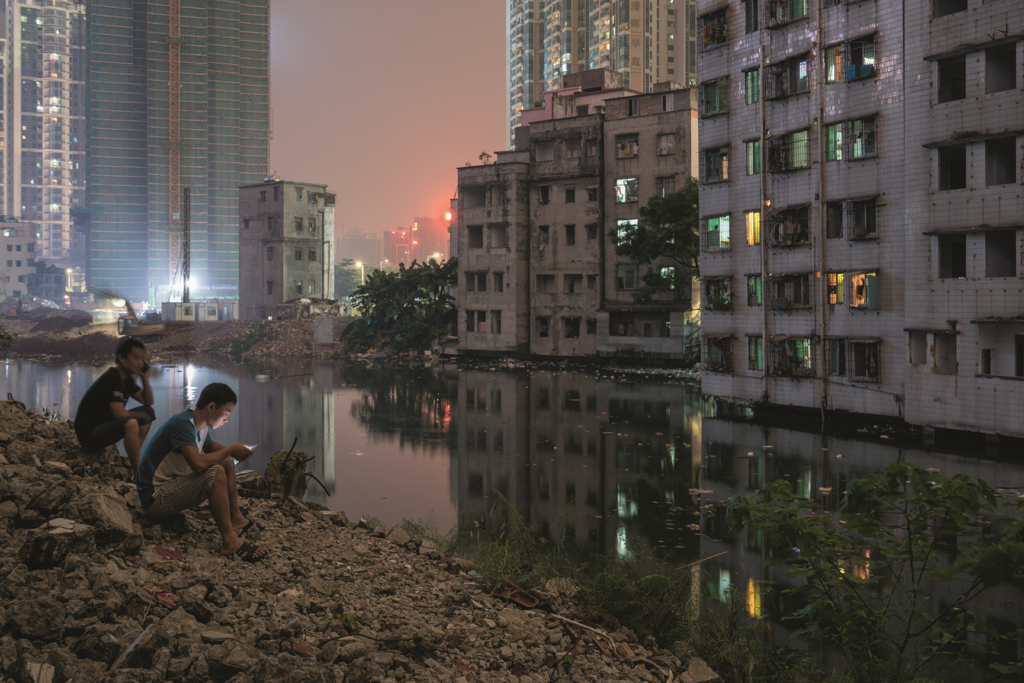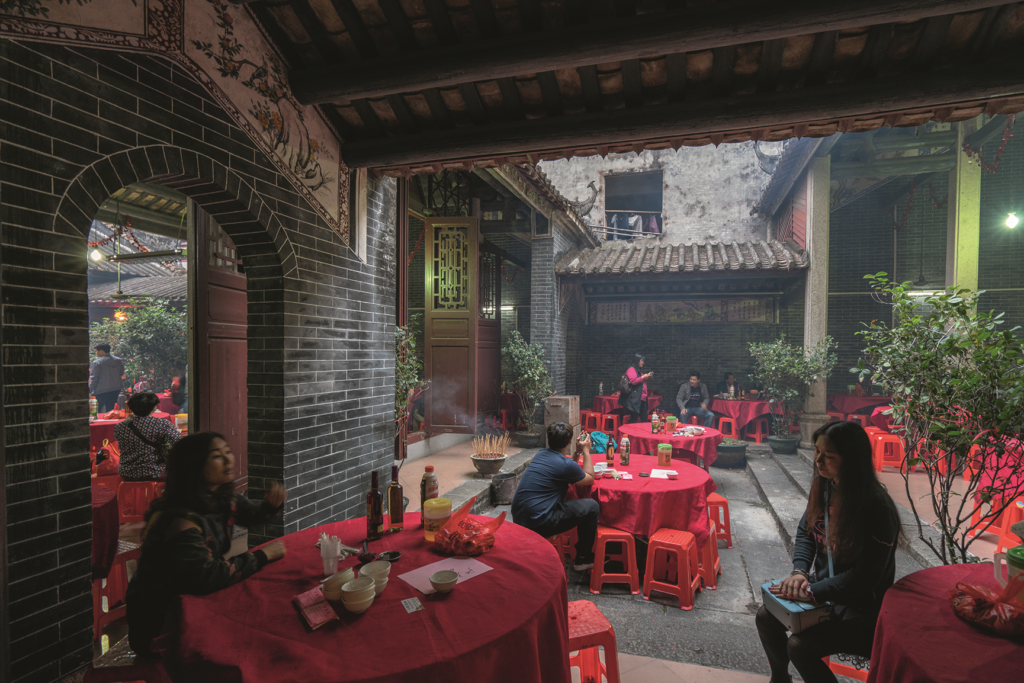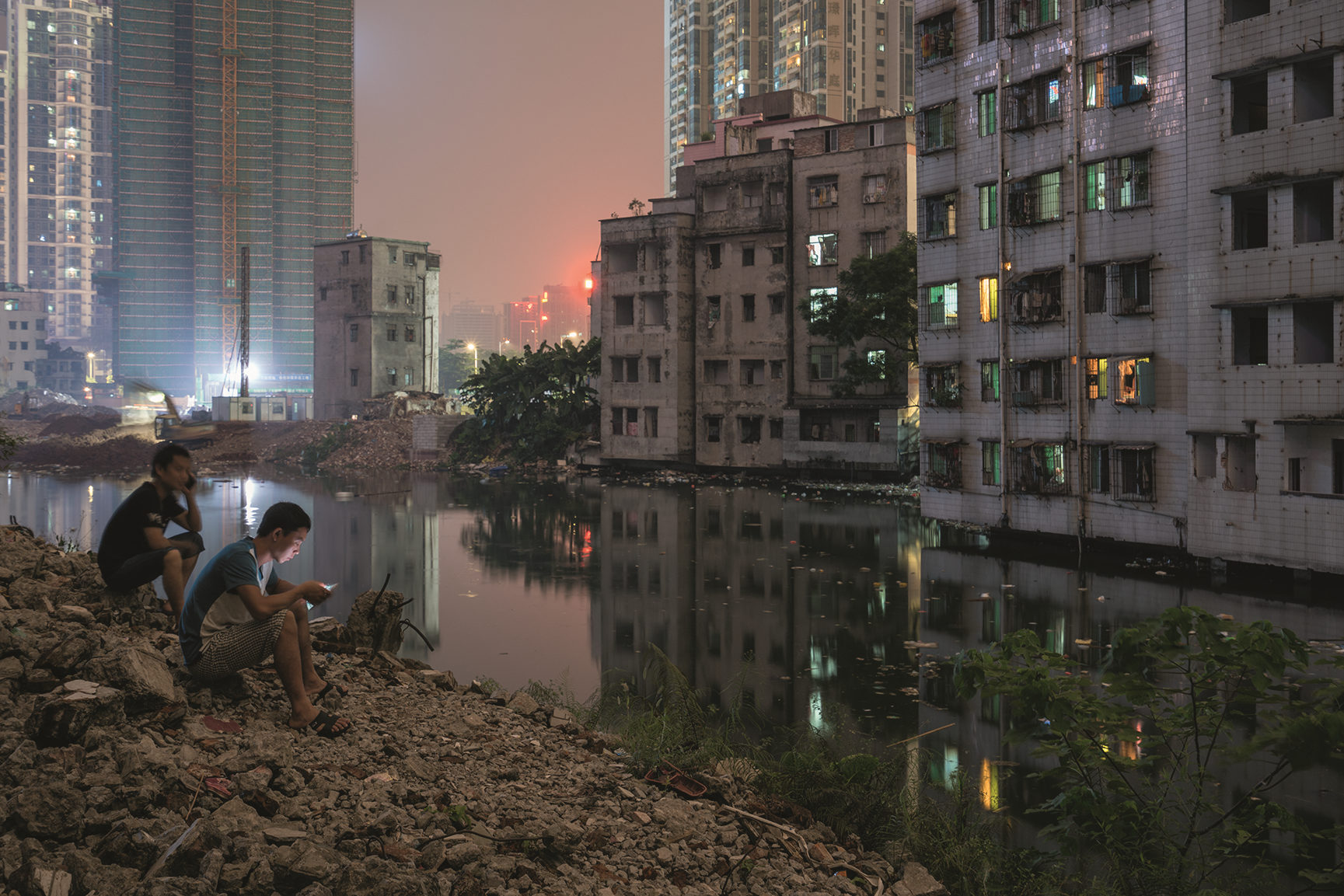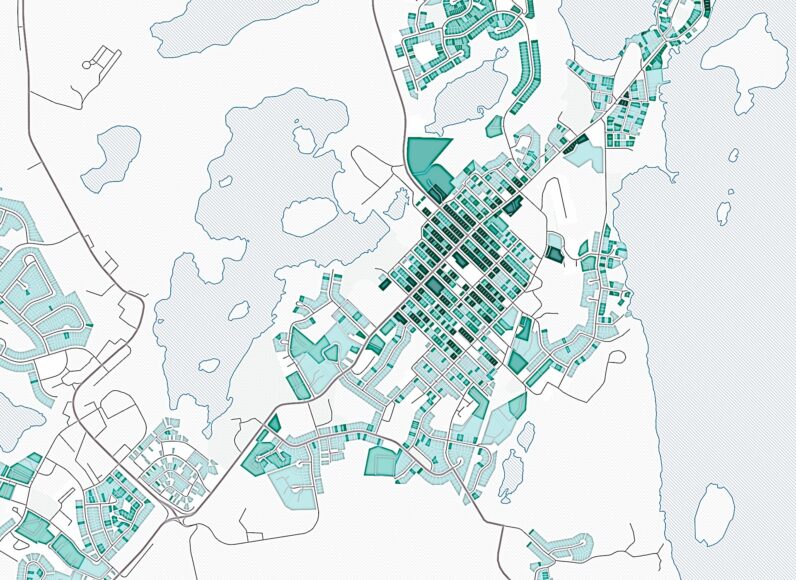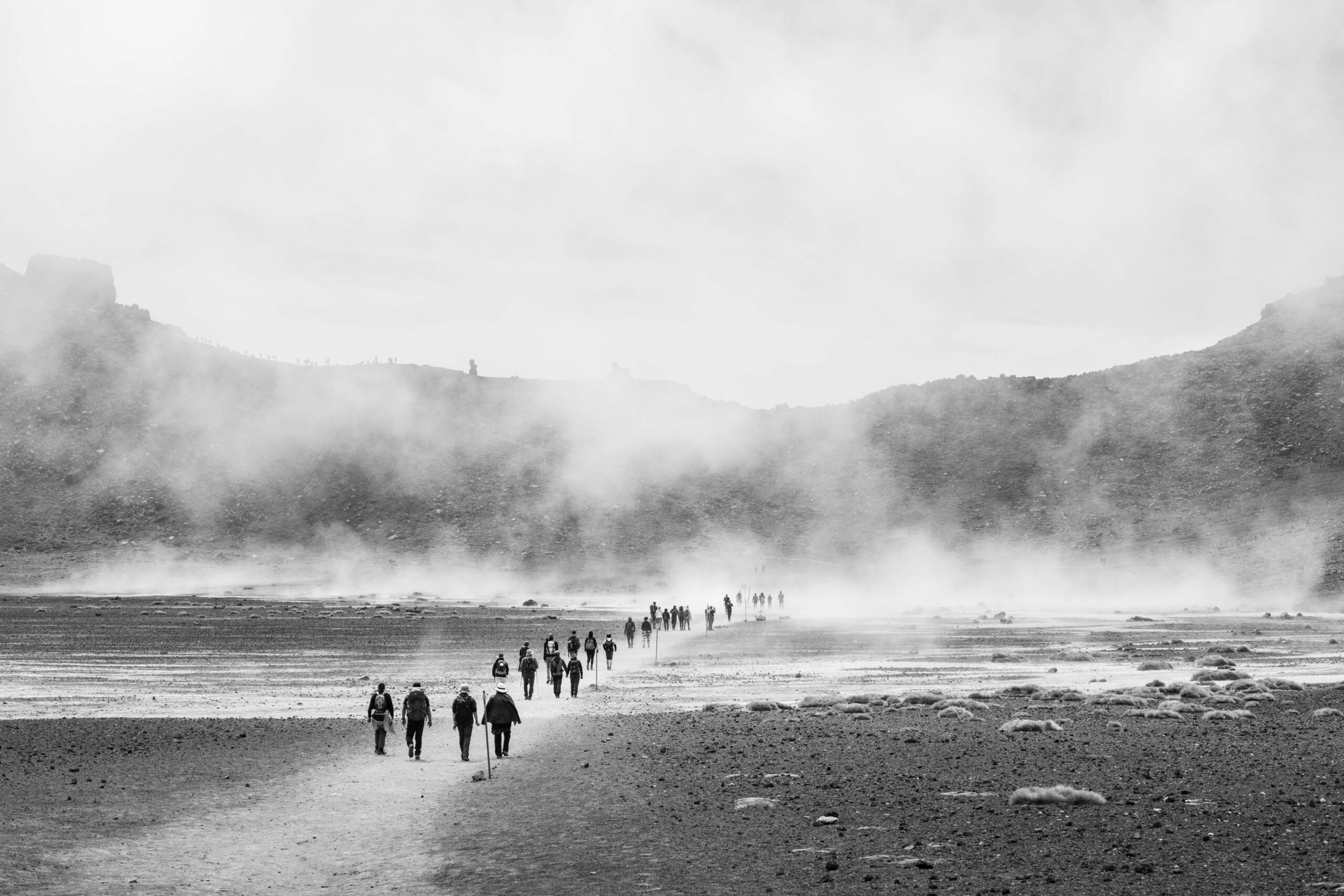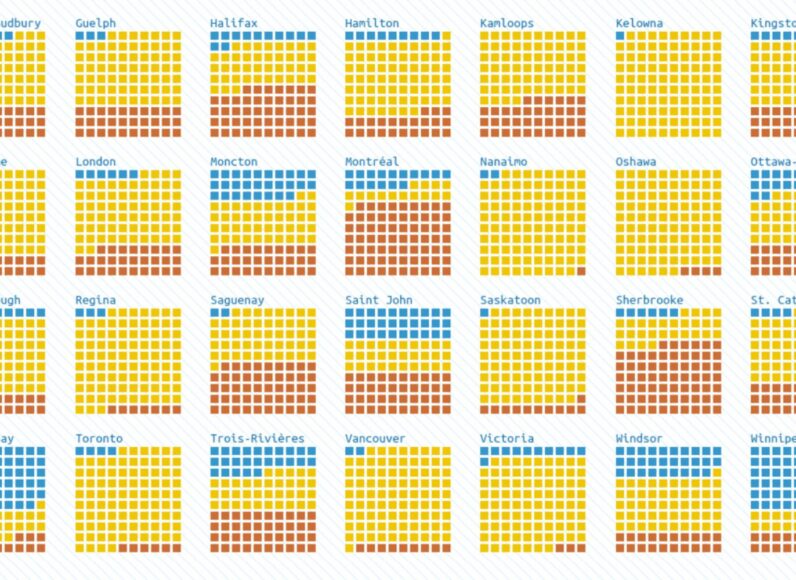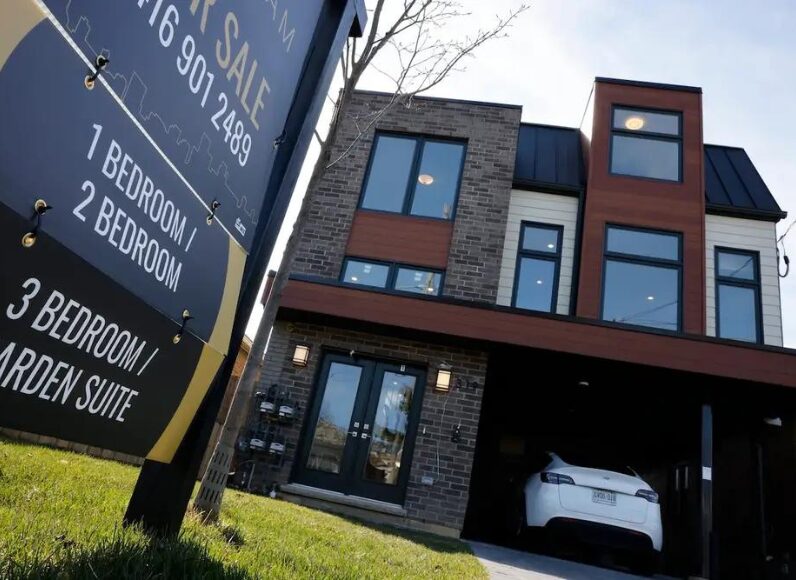Despite their informal nature, Chinese urban villages are actually part of the infrastructure that institutionalizes and normalizes China’s uneven development by providing cheap dormitory-style accommodations to the country’s vast army of unskilled rural migrants who flock to cities as precarious laborers. This essay uses an urban village renewal project in the southern city Guangzhou to analyze the politics of eviction, demolition, resistance, and gentrification in light of the region’s shift from low-value to high-tech industries.
Abstract
In spite of their informal and substandard nature, Chinese urban villages are actually part of the infrastructure that institutionalizes and normalizes China’s uneven development by providing cheap dormitory-style accommodations to the country’s vast army of unskilled rural migrants who flock to cities as precarious laborers. This extended photo essay uses an urban village renewal project in the southern city Guangzhou to analyze the politics of eviction, demolition, resistance, and gentrification in light of the region’s shift from low-value to high-tech industries. When urban villagers appropriated ideas of tradition, lineage, and socialist collectivism to fight against the government and the developer, their purpose was to acquire greater compensation and even symbolic capital in order to secure an urban middle-class future for themselves. In the process, however, they have further foreclosed the futures of many rural migrants whose survival in the city rely on cheap accommodation in these slum-like enclaves, even though survival in this context often implies dull and dead-end jobs with little prospect of social mobility. Drawing on the author’s visual project called Where There Is No Room for Fiction, the selected photographs here provide a visual ethnographic account of the contested landscape of an urban village under siege. As well, these images explore the possibility of a critical aesthetics in order to engage the official vision of urban modernity that is saturated with spectacle and speculation.
